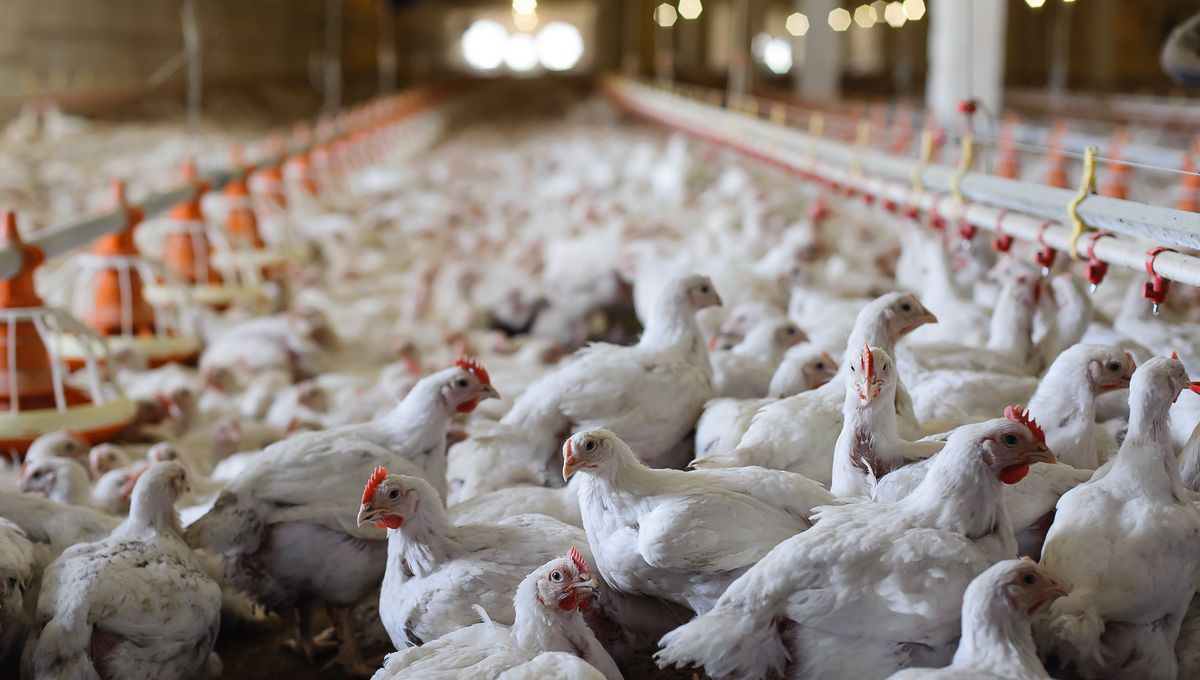Bird flu comes in various strains, but one strain that is currently causing concern is the H3N8 avian influenza virus (AIV), which is endemic in poultry farms in China. What makes it even more alarming is that H3N8 is a zoonotic virus, meaning it can be transmitted to humans.
So far, there have only been three reported cases of humans being infected with the avian H3N8 virus. Two cases were confirmed in China in 2022, and tragically, there was a fatal case in 2023. With the virus still present in poultry farms, experts believe that more human cases could arise in the future.
However, the process of how the H3N8 virus jumps from animals to humans, known as zoonotic transmission, is not well understood. To shed light on this, scientists conducted a new study where they infected and replicated H3N8 in different human cells, specifically normal human bronchial and lung epithelial cells.
Their findings revealed that the human isolates of the virus were more potent than their avian counterparts, causing severe reactions in ferrets and mice, which are commonly used as models for human infection.
“We have demonstrated that an avian H3N8 virus isolated from a patient with severe pneumonia can efficiently replicate in human bronchial and lung epithelial cells, causing significant harm in laboratory mammalian hosts and can be transmitted through respiratory droplets,” explained study co-author Professor Kin-Chow Chang in a statement.
Furthermore, the virus was found to be transmissible between ferrets through respiratory droplets when isolated from a patient with severe pneumonia. This was due to the virus acquiring a preference for human receptor binding proteins and an amino acid substitution that increased its transmissibility, allowing for airborne transmission.
“Even when vaccinated against human H3N2 virus, human populations appear to be susceptible to emerging mammalian-adapted H3N8 AIVs, making them vulnerable to potential epidemic or pandemic infections,” warned co-author Professor Jinhua Liu.
Should we be concerned?
“The acid resistance of the influenza virus is also a crucial barrier for avian influenza viruses to overcome in order to adapt and transmit to new mammals or humans. The current novel H3N8 virus has not yet acquired acid resistance. Therefore, we should monitor any changes in acid resistance of the novel H3N8 virus,” emphasized Professor Liu.
Despite this, it is crucial to closely monitor these types of viruses to predict and potentially prevent the next pandemic.
This study has been published in the journal Cell.








